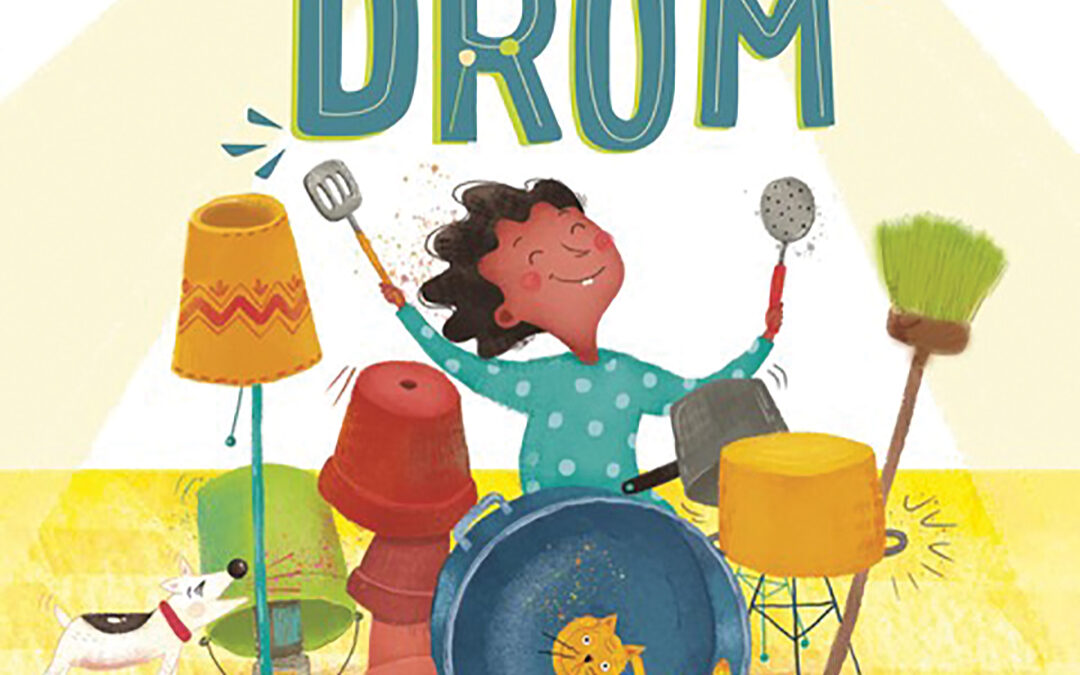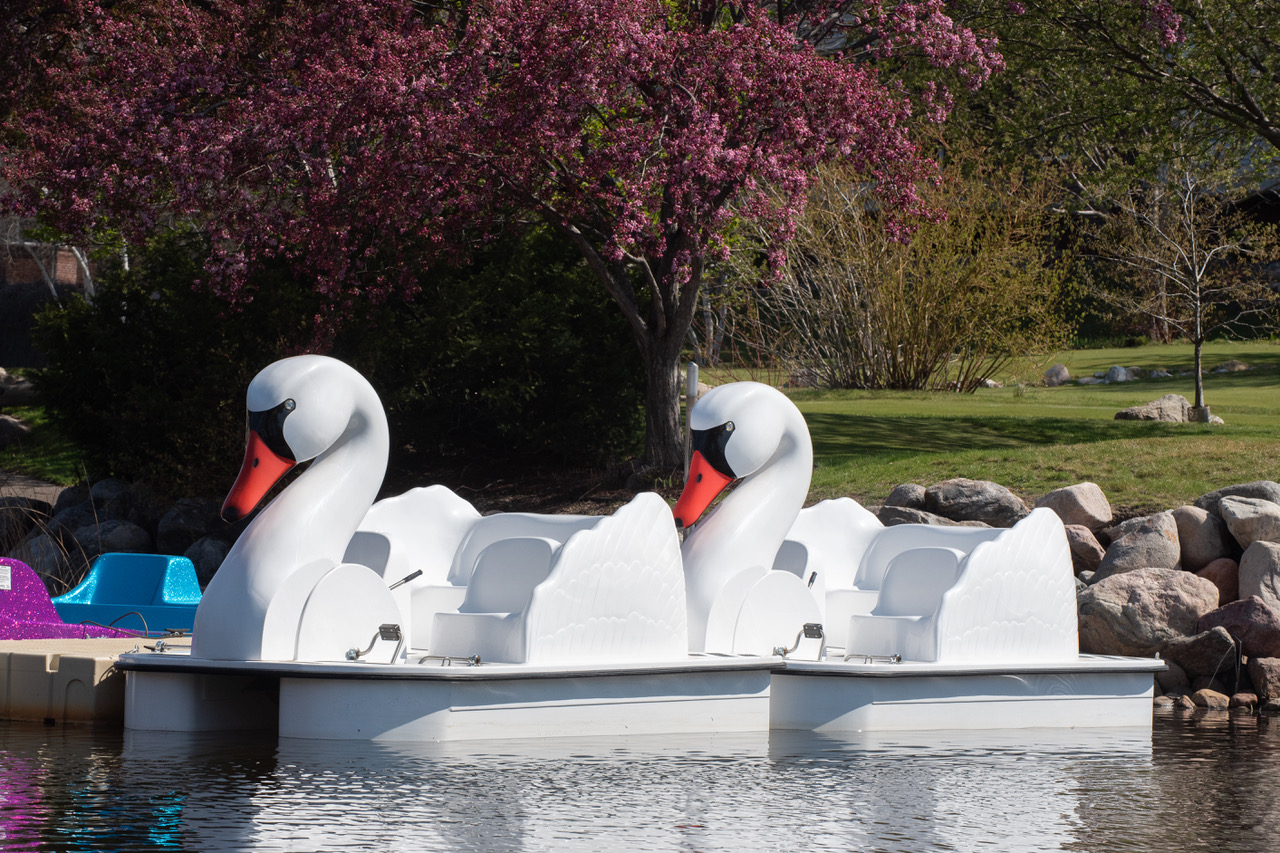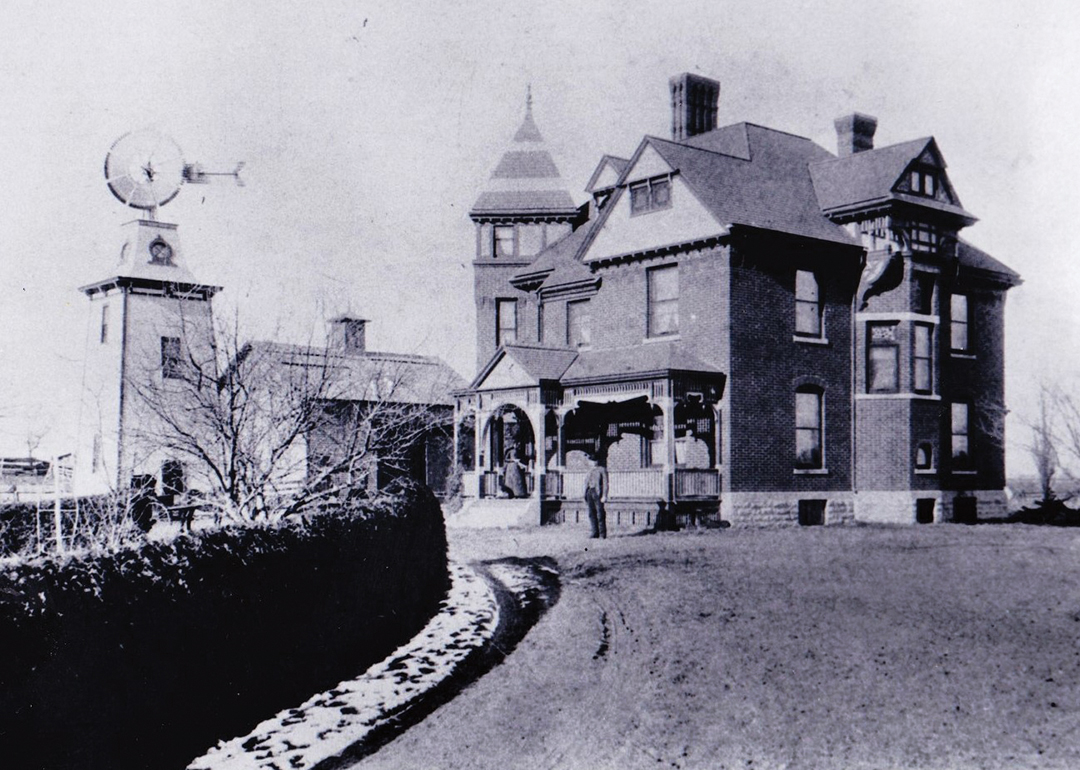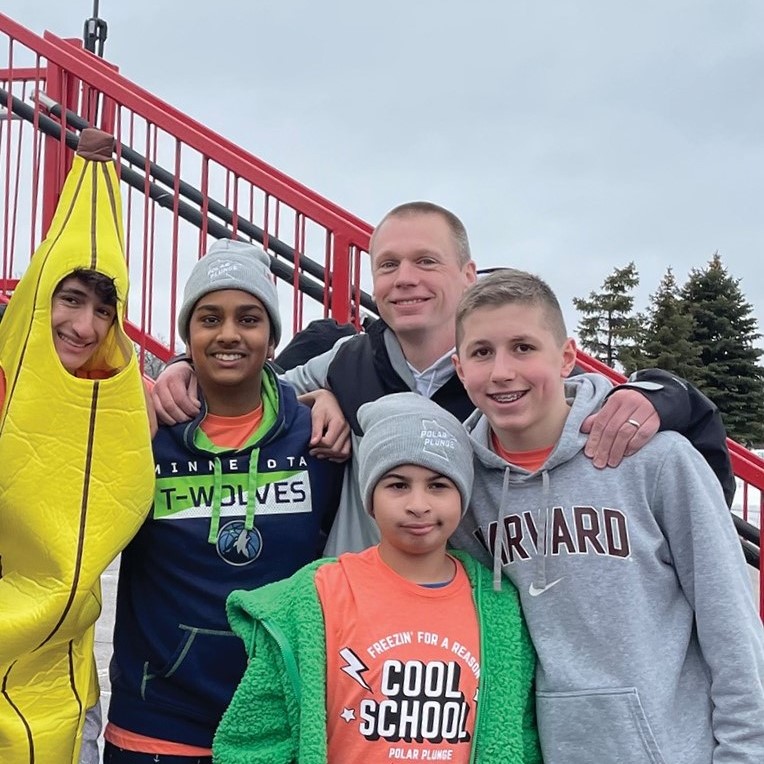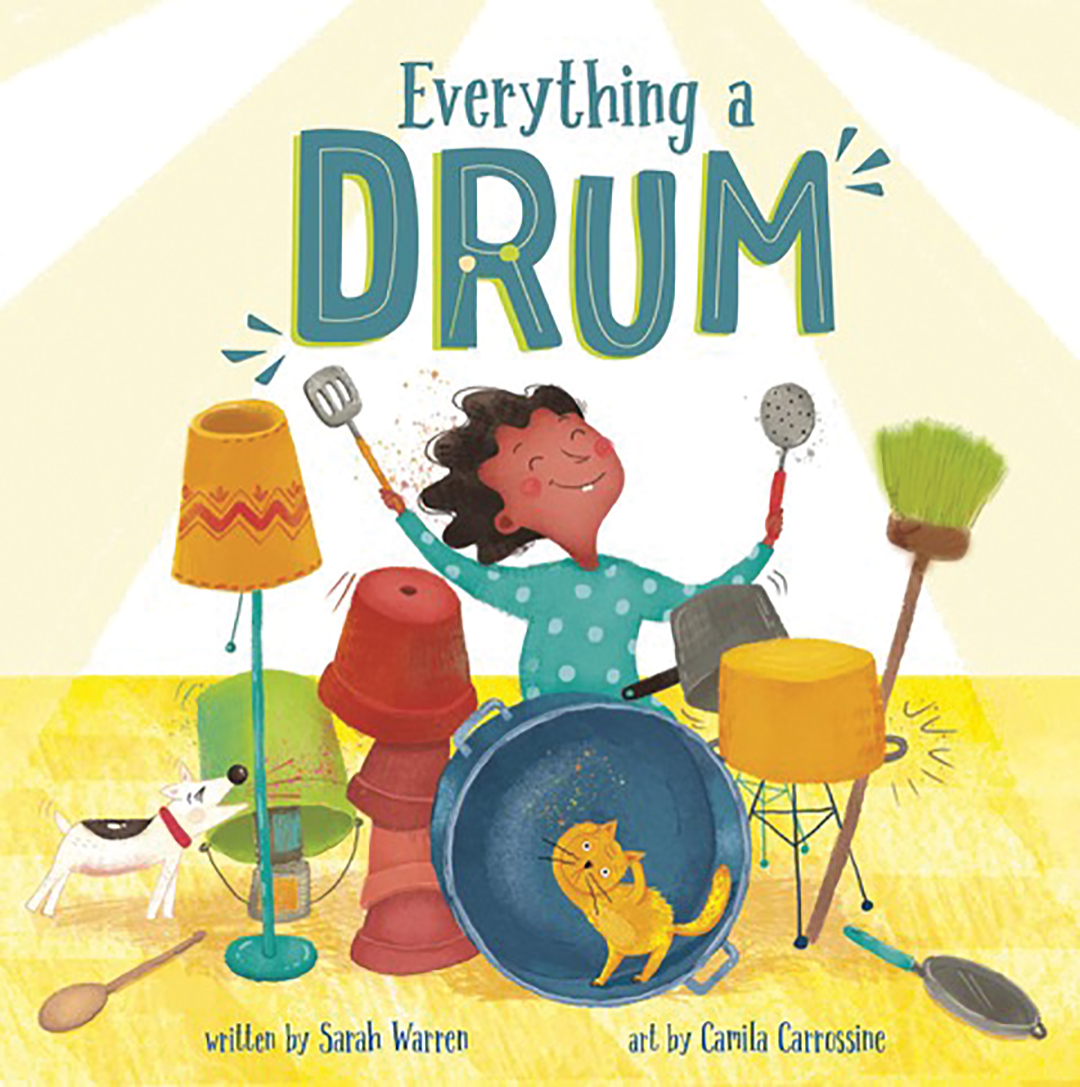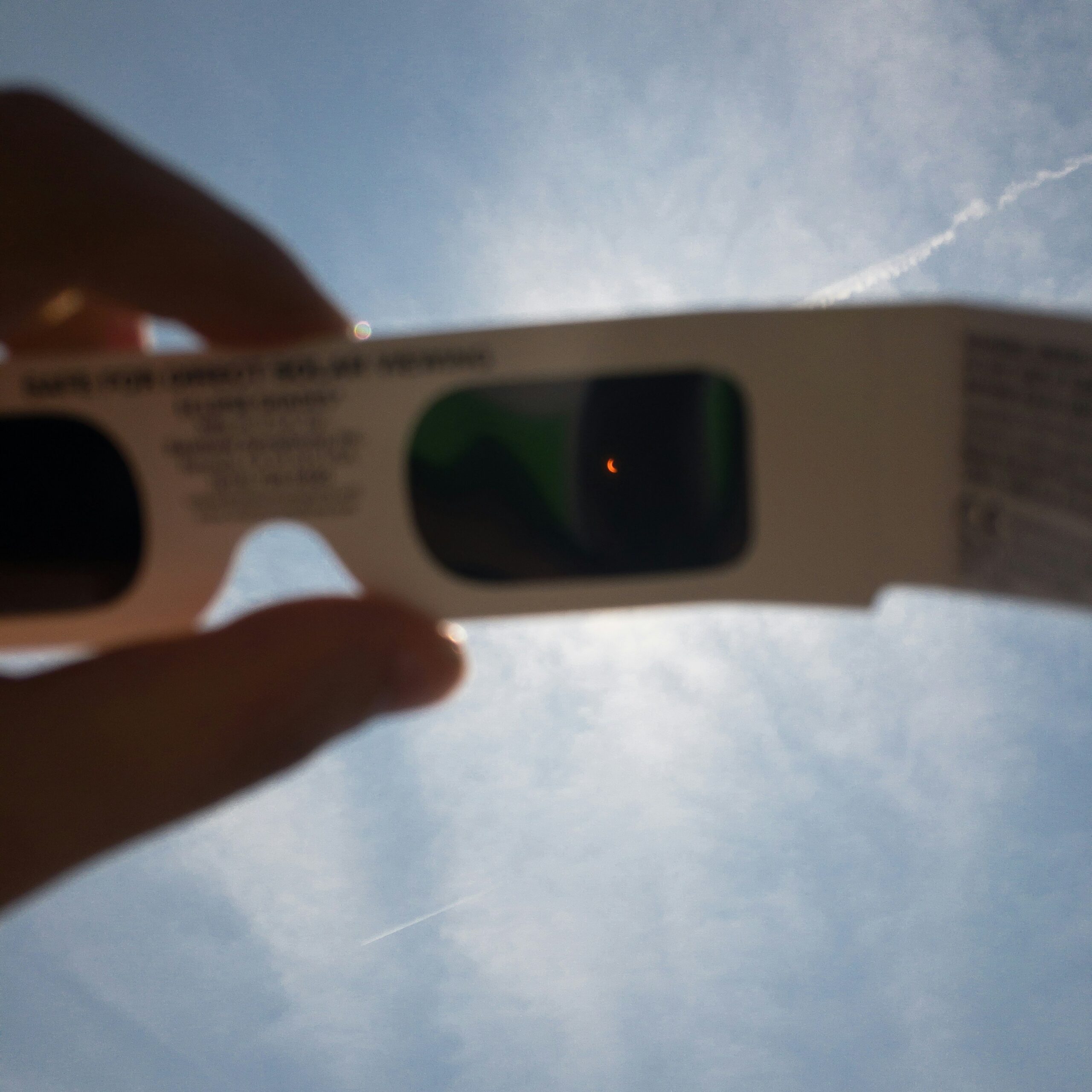
Unsplash/Jason Howell
The Kitchen Pantry Scientist shares her tips on how to view the solar eclipse.
Sky gazers are eagerly anticipating the upcoming solar eclipse on April 8. Edina’s Kitchen Pantry Scientist, Liz Lee Heinecke, sat down with our editor, Feroza Mehta, to share her expert advice on all things eclipse.
What makes this upcoming total solar eclipse on April 8 significant or unique from others?
Liz Lee Heinecke: The most recent solar eclipse in the United States was an annular eclipse, which left a ring of light around the moon’s shadow. However, on April 8, a narrow band stretching across Mexico, the United States and Canada will experience a total solar eclipse. This means that the Sun’s face will be completely blocked out by the moon’s shadow. The Twin Cities are not in the path of the full eclipse, but we can still expect to see about 75 percent of the Sun obscured by the moon. If you’re up for an eclipse-chasing adventure, Austin, Dallas, Little Rock, Indianapolis, Cleveland, Montreal and Rochester, NY are all in the path of totality.
Can you explain the science behind a total solar eclipse for those less familiar with the phenomenon?
LLH: The sun is 400 times wider than the moon, but it is also 400 times farther away, so the two celestial objects appear to be the same size in our sky. Total solar eclipses occur when the moon passes directly between Earth and the sun, completely blocking the face of the sun. During a total solar eclipse, the sky will darken so much that it appears to be twilight. If you want to learn more about eclipses, visit NASA’s website.
How can individuals safely observe the eclipse, and what precautions should be taken?
LLH: Safety is the number one priority while viewing a solar eclipse. Looking directly at the sun or viewing it through unfiltered binoculars, cameras or telescopes can permanently damage your eyes. Luckily, it’s possible to safely watch an eclipse through solar viewing glasses called eclipse glasses or through a handheld solar viewer. Only buy eclipse glasses that contain the ISO 12312-2 label, which means they comply with certain safety standards. Buying them from a source approved by the American Astronomical society (AAS) is the safest way to make sure that your glasses have been tested. Throw them away if they are scratched or damaged. If you don’t have access to specialized glasses, you can make a pinhole projector to view the eclipse indirectly, or hold a colander over a sidewalk or driveway to observe the shadows cast by the eclipse.
Are there any experiments or research projects related to the eclipse that you find particularly interesting?
LLH: During a total solar eclipse, it’s possible to see stars during the day. In 1919, astronomers traveled into the path of a total solar eclipse to test Einstein’s Theory of General Relativity, which states that massive objects like the sun bend the fabric of space. If his theory was correct, the positions of the stars observed close to the sun would appear to be slightly different during the eclipse, since their light would be slightly deflected as it passed near the sun. Setting up camp in the path of the eclipse, the scientists in 1919 photographed a bright group of stars called the Hyades at night to determine their exact position in the sky, and then again during the eclipse, when the sun’s direct light was blocked by the moon. Einstein was not surprised when their measurements showed that the massive sun did bend starlight, proving his theory correct.
How do solar eclipses contribute to our understanding of the sun and its interactions with Earth?
LLH: The sun has an atmosphere of superhot gasses. The outermost layer, called the corona, extends far out into space, creating solar winds that gust through the solar system. If you’ve ever seen the northern lights, you’ve seen charged particles from solar winds deflected by Earth’s magnetic field and colliding with the atmosphere. Total solar eclipses obscure the sun’s bright light, allowing scientists to take a closer look at the corona and try to learn more about its behavior during the sun’s 11-year cycle. It’s important for us to get a better understanding of space weather, since the sun’s activity impacts everything from satellites, radio and GPS, to astronauts.
What role can the public play in contributing to scientific observations or data collection during the eclipse?
LLH: There are a number of ways to get involved in citizen science during the eclipse. Visit the American Astronomical Society website eclipse.aas.org/resources/citizen-science.
Liz Lee Heinecke, the Kitchen Pantry Scientist is an Edina-based author with decades of experience. Her 15 books have been translated into multiple languages. Her latest, She Can Stem: 50 Trailblazing Women in Science from Ancient History to Today was released in February.
The Kitchen Pantry Scientist
Facebook: Liz Heinecke, The Kitchen Pantry Scientist
Instagram: @lizheinecke
X: @kitchpantrysci


